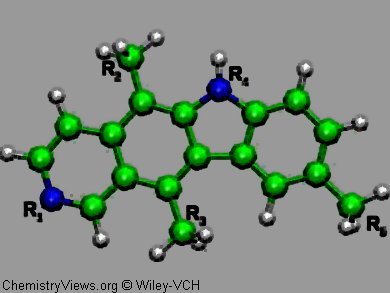In analogy to the vastness of outer space, the space of chemical systems can be referred to as chemical compound space (CCS). It can be understood as the high dimensional space spanned by all experimentally and theoretically possible stoichiometries and configurations of electrons and atomic nuclei which form molecular or condensed matter.
Whereas most research in this first principles context is concerned with approximations and methods necessary for making property predictions for given compounds, O. Anatole von Lilienfeld, Argonne National Laboratories, Illinois, USA, focuses on the compounds per se.
Lilienfeld gives an introduction to an atomistic first principles perspective on CCS. He reviewed a notion of CCS that is consistent with any ab initio approach to atomistic simulations. Starting from an energy hierarchy, he discusses variations in nuclear charge distributions, followed by order-parameter-based interpolation approaches and statistical learning methods. The concepts he presents offer a seamless and rigorous framework to unify electronic structure theory with rigorous rational as well as combinatorial compound design efforts.
For several reasons this view of chemical space is advantageous:
- Important fundamental questions can be tackled in the future.
These include rigorous definitions of diversity in CCS, property transferability, uncertainty, and selection bias in training sets. - Transferability and applicability typical for the black-box characteristics and the accuracy of ab initio calculations can be achieved.
- A mathematically, physically, and chemically rigorous notion of relevant input variables enables the application of sophisticated property optimization algorithms.
Ultimately, efforts along these lines are promising to replace the heuristics and serendipity on which most compound discoveries have relied on by systematic engineering protocols.
- First principles view on chemical compound space: Gaining rigorous atomistic control of molecular properties,
O. Anatole von Lilienfeld,
Int. J. Quantum Chem. 2013.
DOI: 10.1002/qua.24375




